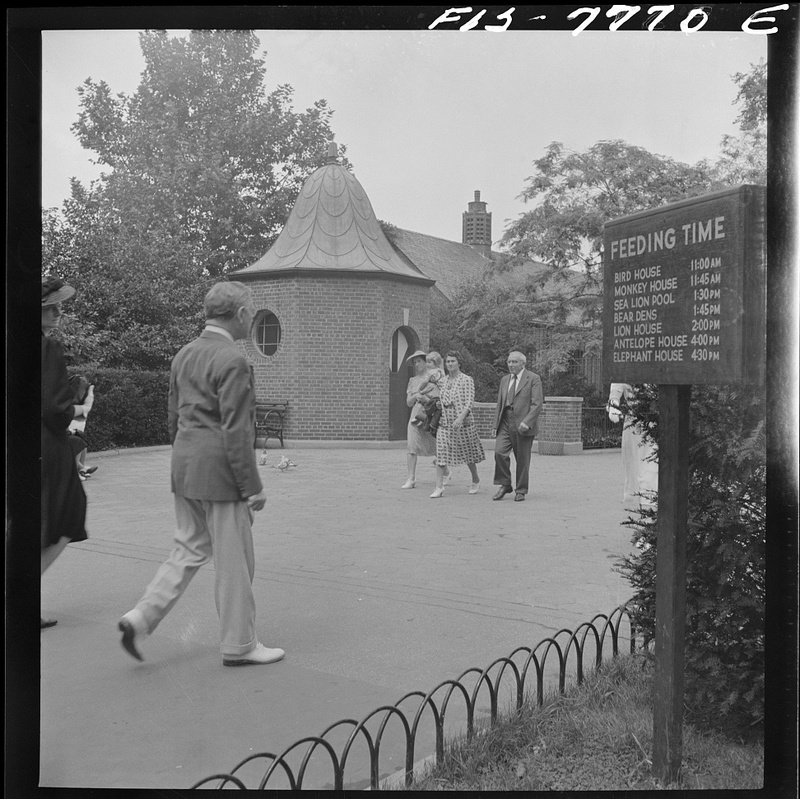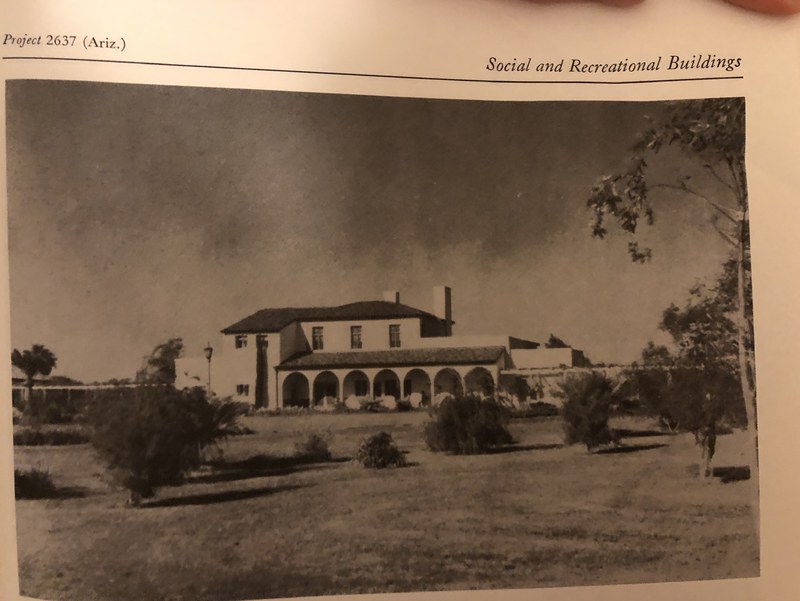
The New Deal shaped America' national parks and its urban parks, including Encanto Park in Phoenix. The WPA and PWA funded the construction of park amenities and landscapes.
The first president of the Phoenix Parks and Recreation Board, William Hartranft, modeled the city's Encanto Park after San Francisco's Golden Gate Park. In so doing, Hartranft channeled the vision of Frederick Law Olmsted, an American landscape architect who helped design Central Park in New York and Golden Gate Park in San Francisco--both of which became models for urban parks nationwide. An early parks commissioner in Phoenix, Hartranft obtained funding for the parks from New Deal programs, the Works Progress Administration (WPA), and the Public Works Administration (PWA).
New Deal infrastructure projects, meant to provide Americans relief from the Depression, played an important role in transforming America's infrastructure, including its parks. The WPA sought to expand employment opportunities by providing jobs to Americans to help build infrastructure projects that improved the overall quality of America's public facilities. The PWA provided funding and loans to construct local and state projects. Parks throughout the United States, including San Francisco's Golden Gate Park, Phoenix's Encanto Park, and New York's Central Park, received support from these agencies.
In Phoenix, Hartranft received a handsome grant in 1934 that expanded the boundaries of Encanto Park beyond the 20 acres Phoenix had set aside for what was then known as Dorris-Norton Park. The Works Progress Administration (WPA) granted $900,000 to begin the park expansion. The WPA supervised the work, including projects such as constructing the two-mile-long lagoon. Encanto Park received additional assistance to build amenities in the park. For example, the Public Works Administration (PWA) and WPA supervised, funded, and constructed the "Encanto Clubhouse," which accentuated the existing nine-hole golf course. The large dining room, living room, and lunchroom made Encanto a more luxurious place, and the clubhouse also blended into the native foliage. In 1937, the Encanto Band Shell was completed as a place of performance for orchestras and bands.
The developing Encanto park drew upon competing aesthetics in the American park movement. Features like the lagoon expressed the romanticism favored by influential nineteenth-century park designers. For example, Frederick Law Olmsted's development of Central Park became a model for parks throughout the nation during the nineteenth century, with its emphasis on naturalistic, English-style parks. Landscape architects such as Olmsted argued that such naturalism helped bring urban residents--often living in cities with squalid living conditions--closer to nature and helped to civilize them. The lagoon emphasized this natural aesthetic because water meant more species of fish, ducks, and turtles. More broadly, the park's new name expressed the wonders of nature--Encanto means "enchanted" in Spanish.
Not all of the features added by the New Deal support neatly fit the naturalistic park model. The Band Shell, for example, expressed a more rationalistic approach that emphasized parks as functional places for the many diverse communities living in cities. The Band Shell, and even the practical emphasis on fishing and canoeing in the lagoon, welcomed residents to the park as an entertainment space. And indeed, much of twentieth-century park design in the United States favored the functionality of the rationalistic approach, especially with amenities that appealed to children. Encanto Park continued in this direction in 1946 when it added an amusement park that would become one of the park's most prominent features. Kiddieland featured amusement rides that included a train and a carousel.
edited 12/17/2019: mt
edited 10/07/2022: jls
Images






